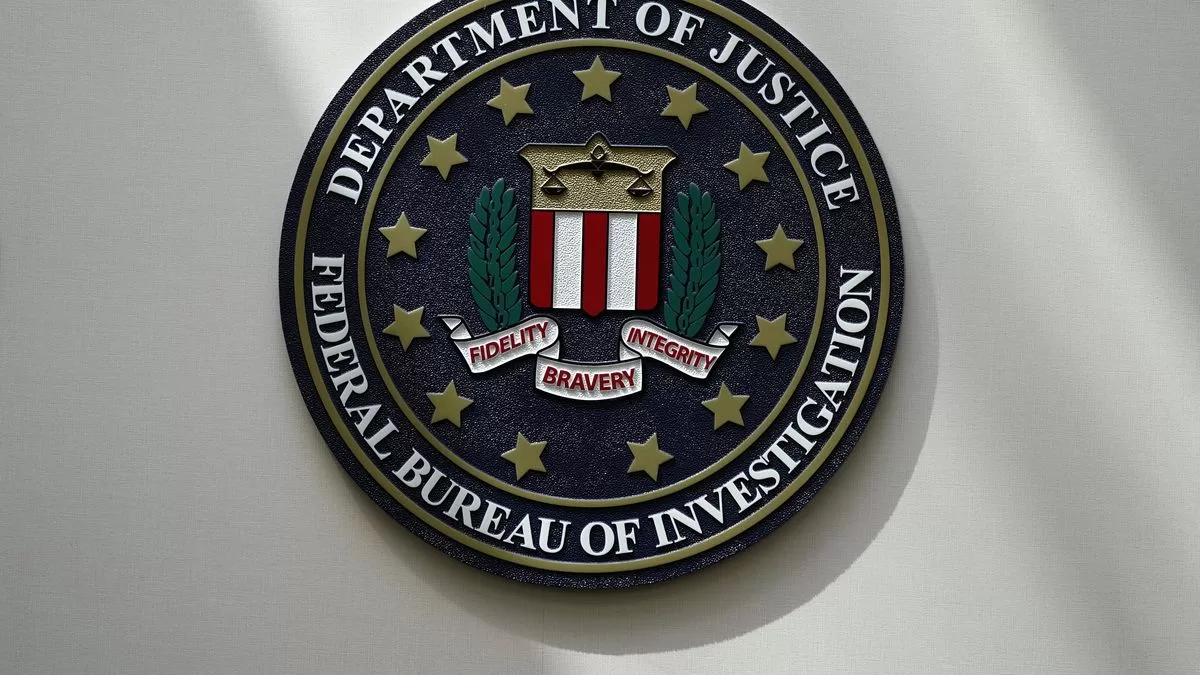Officially, scientists James Watson, Francis Crick and Maurice Wilkins are recognized for discovering the structure of DNA, consisting of a double helix. For this feat, they received the Nobel Prize in Medicine in 1962. In this same story, biophysicist Rosalind Franklin also enters, in a secondary way, since her studies would have been “stolen” and she “never” knew how to understand her findings.
However, scientist Rosalind Franklin’s minor or even victim role is starting to crumble in the face of new documents and findings, shared in an article in the journal Nature. The task of getting this story straight is led by Mateus Cobb, a professor at the University of Manchester, in the United Kingdom, and by Nathaniel Comfort, a professor at Johns Hopkins University, in the USA.
The popular version began to crumble when the pair of researchers visited Franklin’s archive at Churchill College, in the city of Cambridge, in 2022. There, “we examined his notes together, reconstructing the development of his ideas”, they say. In parallel, different challenges to the mainstream narrative have already been made.
Double helix: the most accepted version of the discovery of the structure of DNA
Both in the academic universe and in the popular imagination, the idea prevails that Rosalind Franklin was fundamental in the process of discovering the spiral structure of DNA, like a staircase. The point is that, in this version, she was unable to interpret her findings and had her preliminary findings stolen—here, the idea reigns that she would not have liked or would not have shared her research with Watson, Crick, and Wilkins.
“History says that the insight The decisive step in (confirming the hypothesis of) the double helix came when Watson saw an X-ray image of the DNA taken by Franklin — without his permission or knowledge,” state the authors of the new paper. This is a reference to Photo 51, “treated as the philosopher’s stone of molecular biology” and “the key to the ‘secret of life’”.
To understand: Photo 51 was, at the time, the best image ever taken of the structure of DNA. Because of the sharpness, it was possible to glimpse the double helix. See the log below:
“In this narrative, Franklin, who died of ovarian cancer in 1958 at just 37 years old, is portrayed as a brilliant scientist, but unable to decipher what her own data told her about DNA. She allegedly pored over the image for months without realizing its meaning, only for Watson to understand it at a glance.”
What’s new in the history of DNA discovery?
New evidence indicates that Rosalind Franklin was not a victim, as history has chosen to portray her. In fact, she would have actively shared her findings with other scientists and thus played an even more important role than just taking the sharpest picture of DNA.
This point is supported by two main documents. The first is the draft of an unpublished report — that is, unpublished — for the North American magazine Timewritten by reporter Joan Bruce, who interviewed Franklin in the investigation process.
The text narrates that a group of researchers was divided into different focuses to investigate DNA. Here, it should be noted that Franklin and Wilkins used X-rays to study this structure, while Watson and Crick invested in other approaches.
Having shared their ideas with a journalist and having worked together with the other researchers (who took the Nobel Prize years later), the authors of the new study find it, to say the least, strange that Rosalind Franklin’s data is a secret, locked in the bottom of drawer, waiting to be stolen.
Now, the second finding is a letter written by Pauline Cowan, one of Franklin’s colleagues, inviting Crick to a lecture in which biophysics would discuss the ability of DNA to assume different forms, depending on the environment in which it is inserted.
“Together, these documents suggest a different account of the discovery of the (structure of) double helix. Franklin did not fail to understand the structure of DNA. She also contributed to solving it”, complete the authors of the new study on the narrative, until then , imprecise about the backstage of this milestone for science in the 20th century.
Source: Nature






